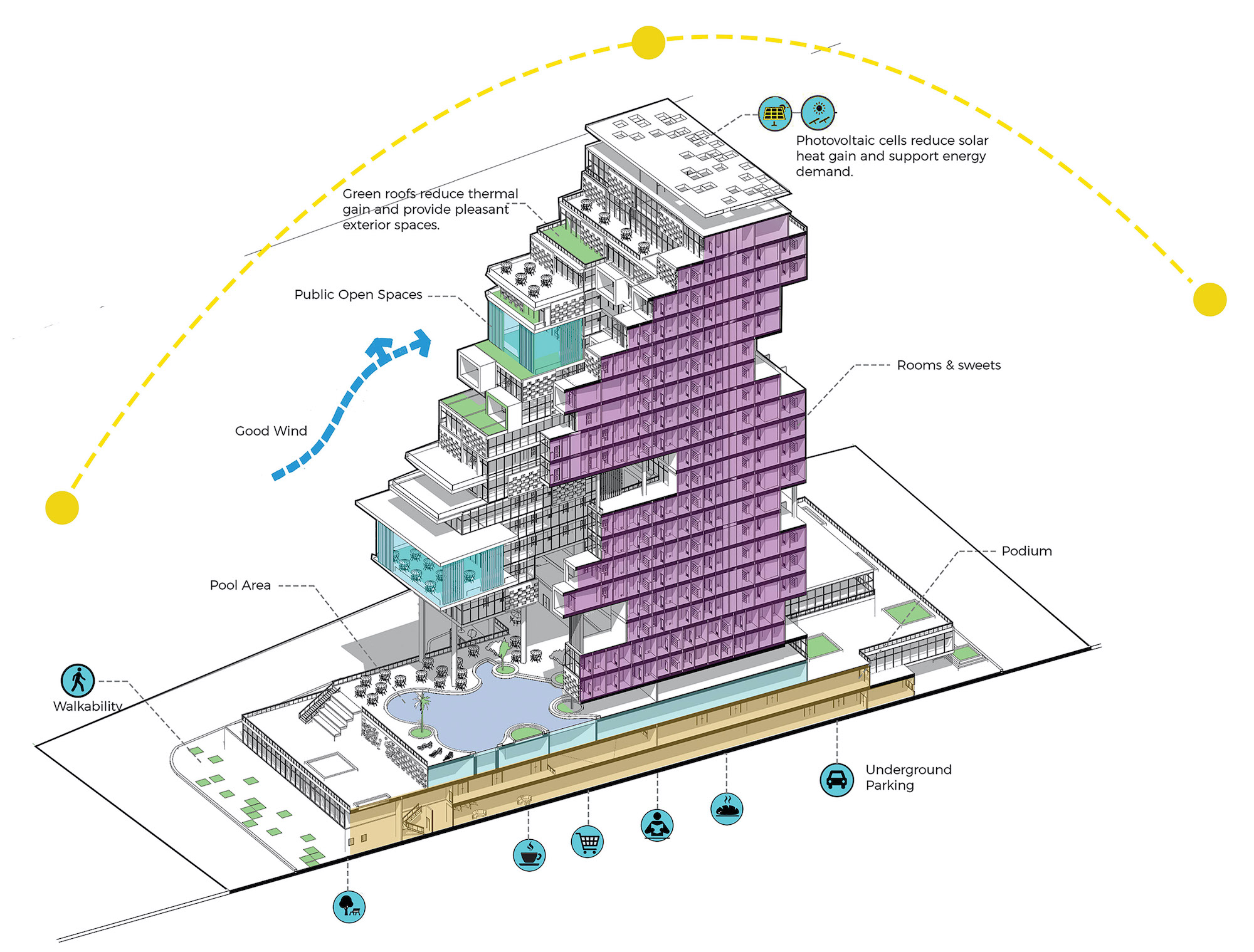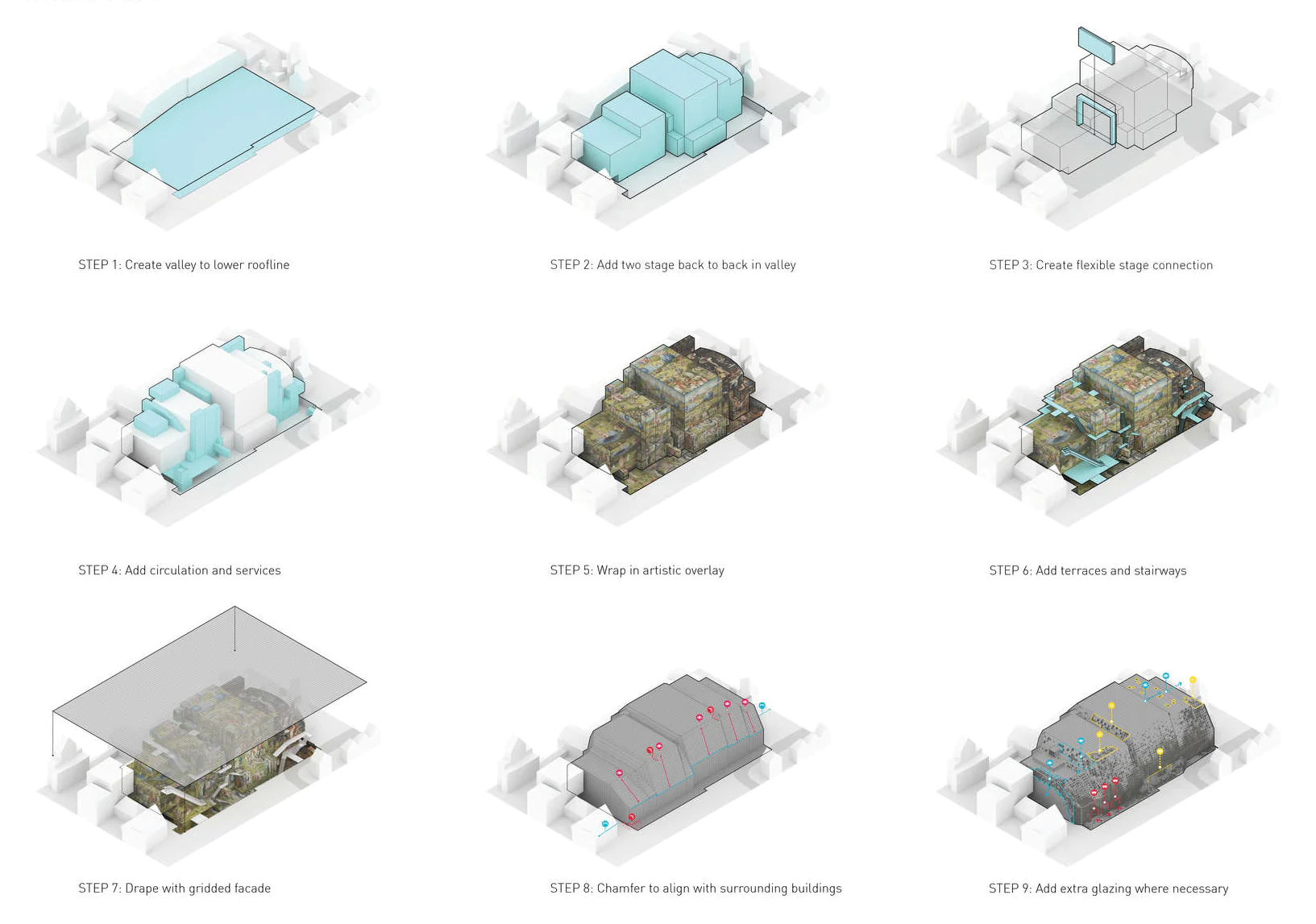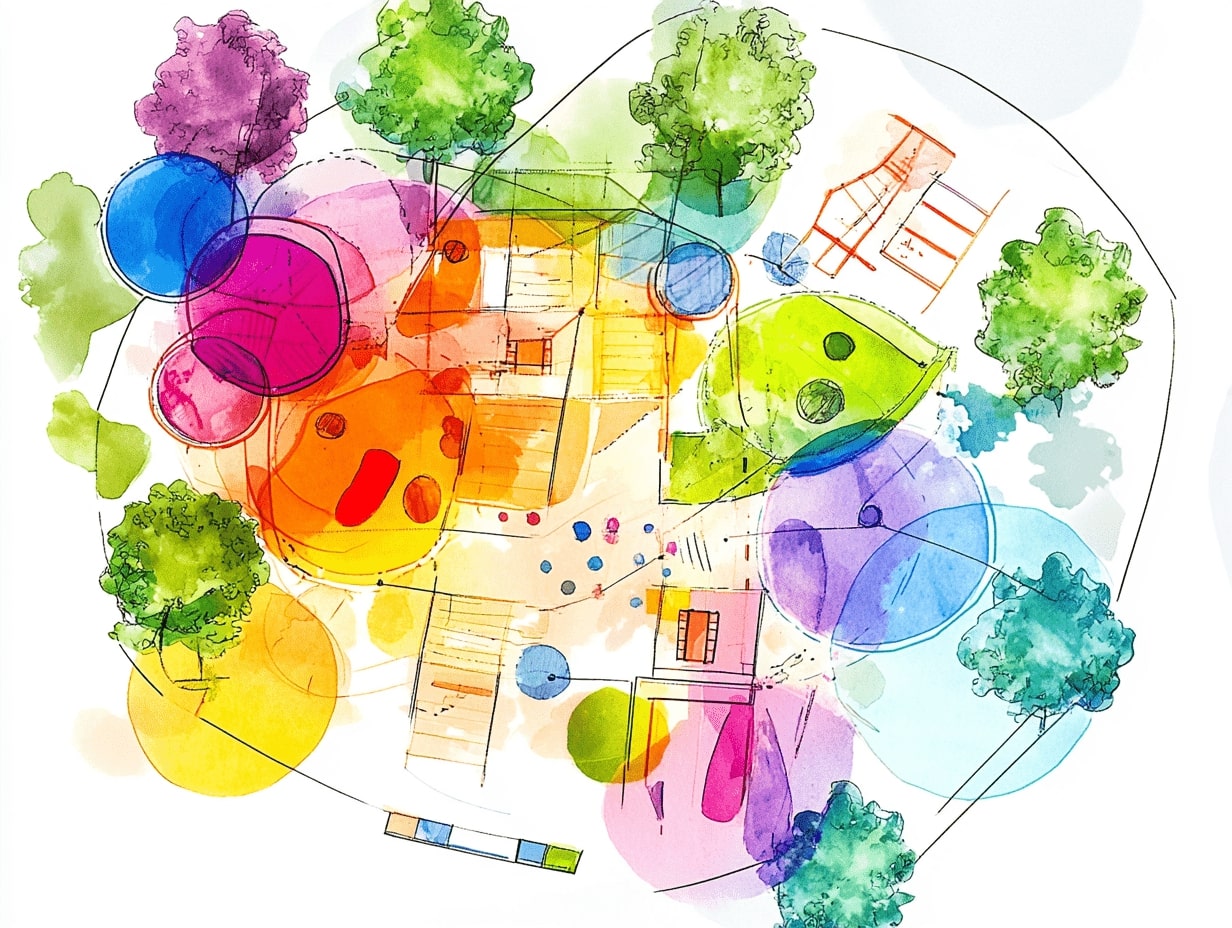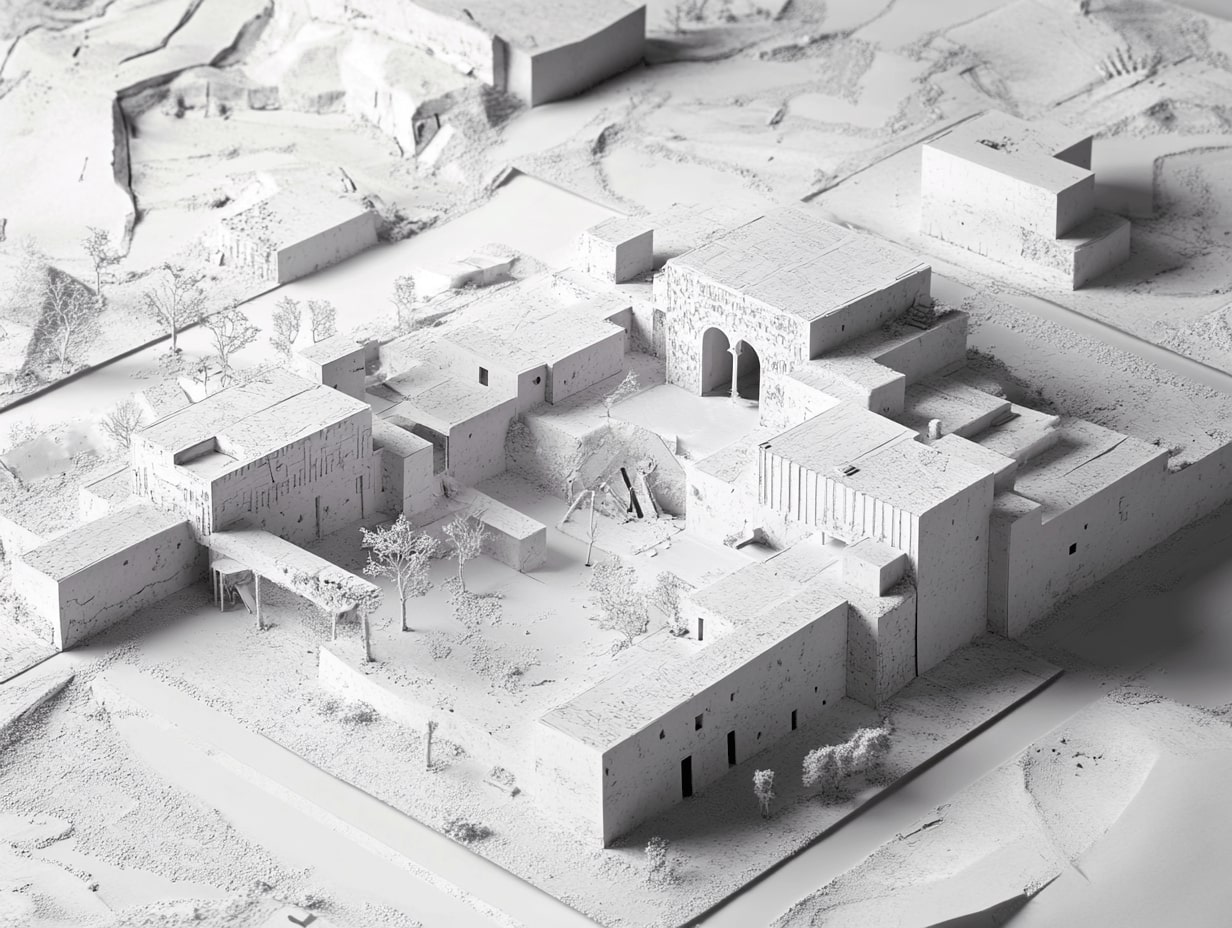- Home
- Articles
- Architectural Portfolio
- Architectral Presentation
- Inspirational Stories
- Architecture News
- Visualization
- BIM Industry
- Facade Design
- Parametric Design
- Career
- Landscape Architecture
- Construction
- Artificial Intelligence
- Sketching
- Design Softwares
- Diagrams
- Writing
- Architectural Tips
- Sustainability
- Courses
- Concept
- Technology
- History & Heritage
- Future of Architecture
- Guides & How-To
- Art & Culture
- Projects
- Interior Design
- Competitions
- Jobs
- Store
- Tools
- More
- Home
- Articles
- Architectural Portfolio
- Architectral Presentation
- Inspirational Stories
- Architecture News
- Visualization
- BIM Industry
- Facade Design
- Parametric Design
- Career
- Landscape Architecture
- Construction
- Artificial Intelligence
- Sketching
- Design Softwares
- Diagrams
- Writing
- Architectural Tips
- Sustainability
- Courses
- Concept
- Technology
- History & Heritage
- Future of Architecture
- Guides & How-To
- Art & Culture
- Projects
- Interior Design
- Competitions
- Jobs
- Store
- Tools
- More
The Art of Architecture Diagramming
Architecture diagramming is the process of visually representing the structure, components, and relationships of a system or application. It is an essential part of the software development lifecycle, allowing architects and developers to communicate and collaborate effectively.

Architecture diagramming is the process of visually representing the structure, components, and relationships of a system or application. It is an essential part of the software development lifecycle, allowing architects and developers to communicate and collaborate effectively. While diagramming may seem like a straightforward task, creating clear and concise diagrams that accurately represent the architecture requires a certain level of skill and artistry. In this article, we will explore the art of architecture diagramming and provide tips for creating effective diagrams.
Table of Contents
ToggleThe Importance of Diagramming
Architecture diagrams provide a high-level view of the system, highlighting the various components and their relationships. They help to identify potential issues and provide a blueprint for future development. Diagramming also allows architects and developers to communicate complex ideas and concepts in a way that is easy to understand, reducing the risk of miscommunication.

Creating Effective Diagrams
Creating effective architecture diagrams requires a combination of technical knowledge and design skills. Using consistent notation throughout your diagrams is important for ensuring that your diagrams are easy to read and understand. Consistent notation means using the same symbols, shapes, and labels to represent the same types of components or relationships across all your diagrams. For example, if you’re using a rectangle to represent a server in one diagram, use the same rectangle to represent a server in all your diagrams. Here are some tips for creating clear and concise diagrams:
Use the Right Tools
The first step in creating effective architecture diagrams is to use the right tools. There are many diagramming tools available, ranging from simple tools like Microsoft Visio to more complex tools like Lucidchart and Draw.io. Choose a tool that is easy to use and has the features you need to create the diagram.

Choose the Right Type of Diagram
There are many types of architecture diagrams, including block diagrams, flowcharts, and sequence diagrams. Choose the right type of diagram for the information you want to convey. For example, a block diagram is great for showing the components of a system, while a sequence diagram is better for showing the flow of data between components.
Keep it Simple
The goal of architecture diagramming is to communicate complex ideas in a simple way. Avoid cluttering the diagram with unnecessary information or details. Use clear and concise labels to describe each component or relationship.
Use Color and Style
Color can be a powerful tool for making your diagrams more visually appealing and easier to understand. Using too many colors can make your diagrams look cluttered and confusing. Instead, choose a limited color palette and use it consistently throughout your diagrams. Using color and style can help to make the diagram more visually appealing and easier to understand. Use a consistent style throughout the diagram, such as using the same shape for all components. Use color to highlight important components or relationships.

Try to use a consistent style throughout your diagrams, including the same shapes, fonts, and other design elements. This will make your diagrams more visually appealing and easier to understand. Use whitespace to help separate different parts of your diagrams and make them easier to read.
Label Everything
Labeling is key to creating a clear and concise diagram. Use descriptive labels for each component or relationship, and avoid using abbreviations or acronyms that may not be familiar to everyone.
Test the Diagram
Before finalizing the diagram, test it with colleagues or stakeholders to ensure that it accurately represents the system and is easy to understand. Make any necessary revisions based on feedback.
Architecture diagramming is an essential part of the software development lifecycle, allowing architects and developers to communicate complex ideas and concepts in a simple way. Creating effective diagrams requires a combination of technical knowledge and design skills. By using the right tools, choosing the right type of diagram, keeping it simple, using color and style, labeling everything, and testing the diagram, architects and developers can create clear and concise diagrams that accurately represent the architecture. The more you practice creating architectural diagrams, the better you will become. Look for opportunities to create diagrams and experiment with different styles and techniques.

Submit your architectural projects
Follow these steps for submission your project. Submission FormLatest Posts
Top 6 Software Architecture Diagram Secret Tricks Every CS Student Should Know in 2025-26
Read this article to learn simple and effective ways to create software...
Architecture Site Analysis Site Visit: A Guide to Better Design and Sustainability
Discover the importance of architecture site analysis and site visits in creating...
Unlocking Creativity: The Power of Architecture Bubble Diagrams in Design Process
Discover the vital role of bubble diagrams in architecture, enhancing clarity and...
Essential Tips for Evaluating Your Architectural Site Analysis for Successful Projects
Discover the key to successful architectural design with a thorough evaluation of...












Leave a comment